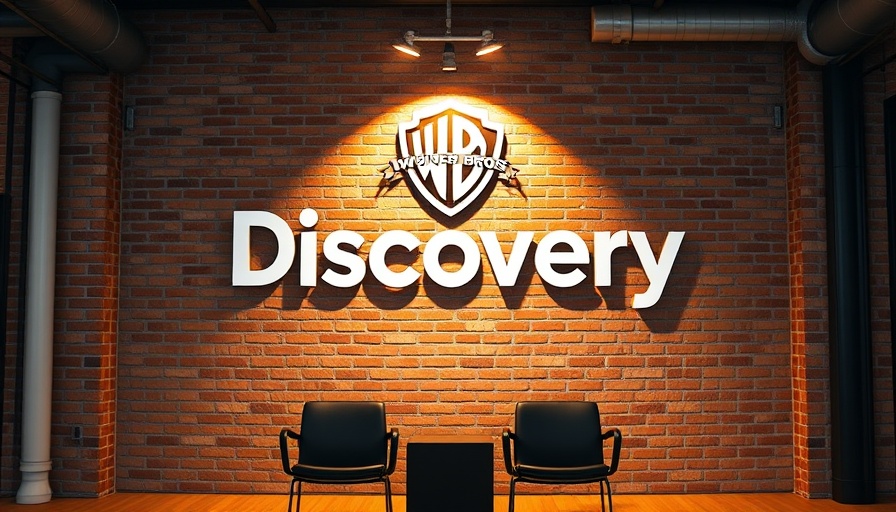
The Evolution of Media: Warner Bros’ Groundbreaking Split
In a significant move reflecting the shifting sands of the media landscape, Warner Bros. Discovery (WBD) has announced plans to separate its cable and streaming operations into two publicly traded entities. This decision comes as the cable television industry continues to face challenges due to a notable trend of cord-cutting and changing viewer preferences.
Strategies for Maximizing Business Potential
The restructuring is aimed at maximizing the potential of each business segment. The newly formed Streaming & Studios division will encompass Warner Bros. Television, the Motion Picture Group, DC Studios, and the renowned HBO and HBO Max.
Conversely, the Global Networks division will include CNN, TNT Sports, Discovery Channel, and Bleacher Report. This bifurcation allows Warner Bros. to hone in on the distinct audiences and revenue models each part of its business caters to, a tactic that aligns with trends observed in other major media companies, such as Comcast’s NBCUniversal.
The Impact of Changing Viewer Habits
As viewer habits continue to evolve, the significance of streaming services has surged. Particularly amid a decline in traditional cable subscriptions, platforms like HBO Max have gained prominence. This shift has prompted Warner Bros. to emphasize the value of its premium content offerings and to further refine its branding, potentially leveraging the strong brand equity associated with HBO.
Understanding the Decision Behind Exclusions
Interestingly, Warner Bros. opted not to include Discovery+ in the Streaming segment, hinting at a reduced emphasis on this service compared to HBO Max. This could reflect internal assessments of the service's performance or a strategic decision to consolidate focus on higher-performing assets.
In contrast, HBO Max has re-emerged with its original branding, which could signal a renewed commitment to producing high-quality content. This decision not only enhances the premium allure associated with HBO but also allows Warner Bros. to distance itself from titles that have not performed as well.
A Broader Industry Perspective
This restructuring at Warner Bros. is not occurring in a vacuum; it is indicative of broader changes within the media landscape. Industry experts have observed a global trend among media companies to streamline operations amidst the continuing decline in cable subscriptions and the rapid rise of streaming services.
As consumers increasingly favor on-demand content over traditional broadcast television, companies are pressured to adapt. This separation of entities is a move toward greater autonomy and potentially higher shareholder value, as it allows for tailored strategies that suit the unique dynamics of each segment.
Looking Ahead: What This Means for the Future
As we look to the future of tech and media, this split could set a precedent for how large media organizations manage their diverging platforms. Will more companies follow suit in separating their properties based on performance metrics? It's likely. The success of this restructuring could lay the groundwork for an industry-wide shift that embraces a more streamlined approach to media production and distribution.
Concluding Thoughts: The Consumer Perspective
For tech enthusiasts and consumers alike, this separation at Warner Bros. speaks volumes about where we are headed in the arena of entertainment. As streaming continues to define viewer experiences, understanding these shifts becomes crucial not only for industry insiders but also for everyday consumers shaping the future of tech. The emphasis on HBO Max demonstrates Warner Bros.' recognition of consumer demand for high-quality content, effectively positioning itself in a fiercely competitive market.
As we wait to see the full implementation of these changes, engaging with the ongoing developments in media streaming and cable operations is essential.Stay informed on the latest trends in technology by following industry news and updates.
 Add Row
Add Row  Add
Add 



Write A Comment